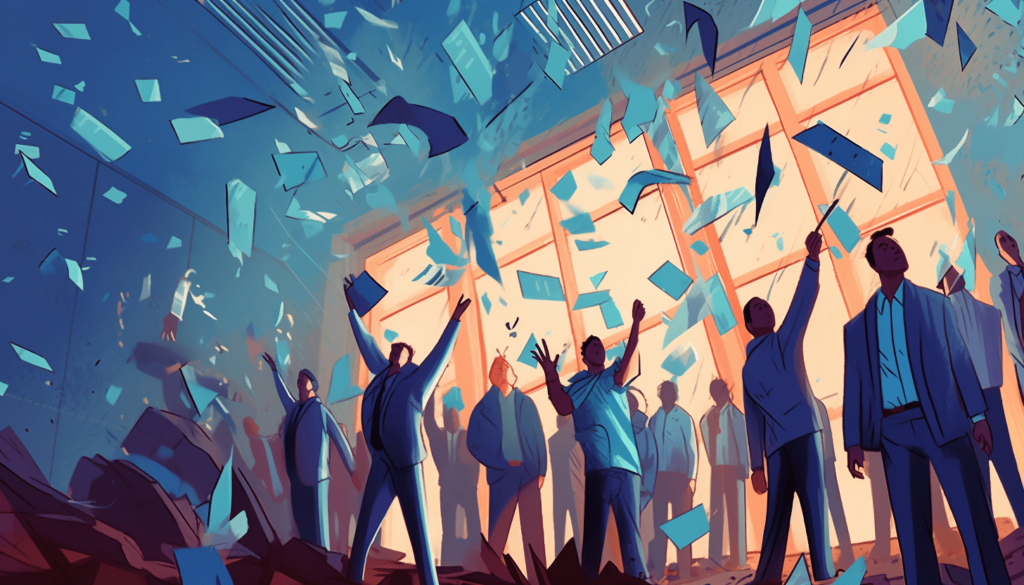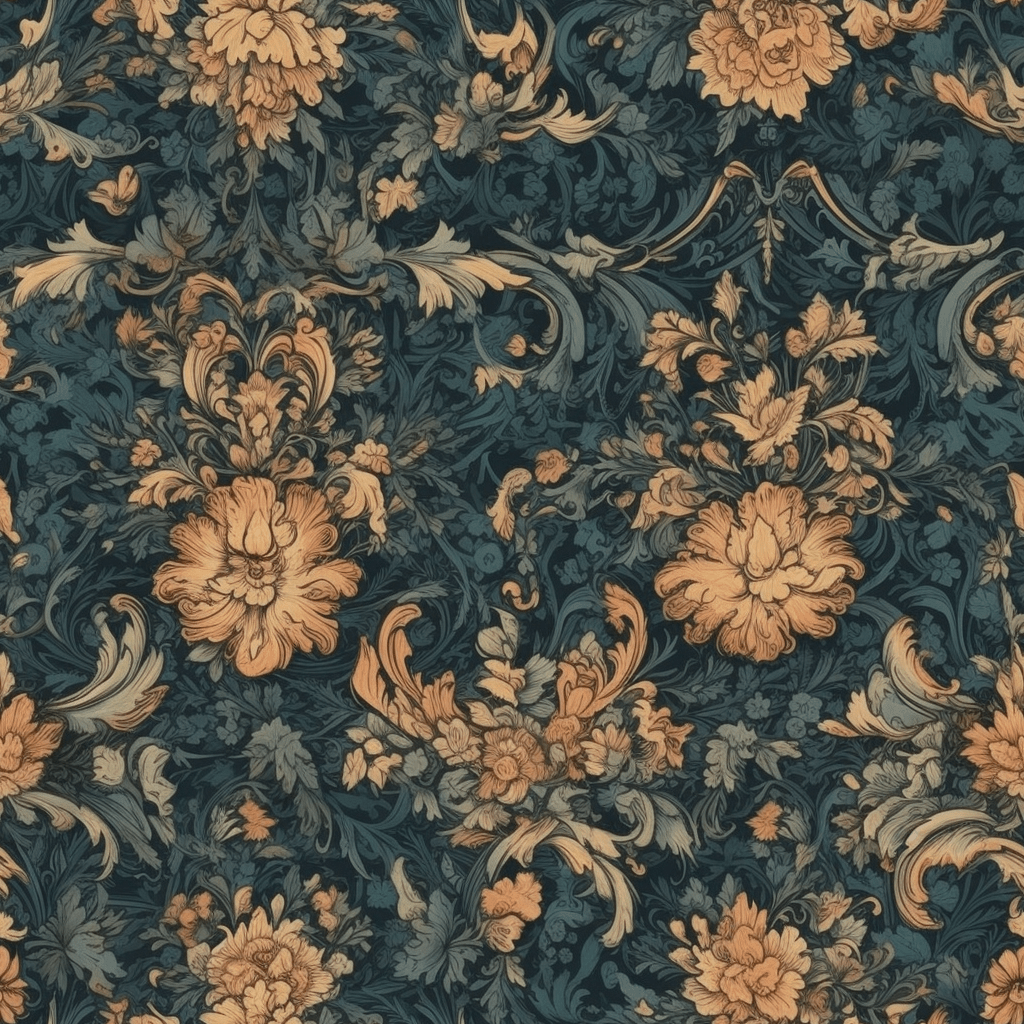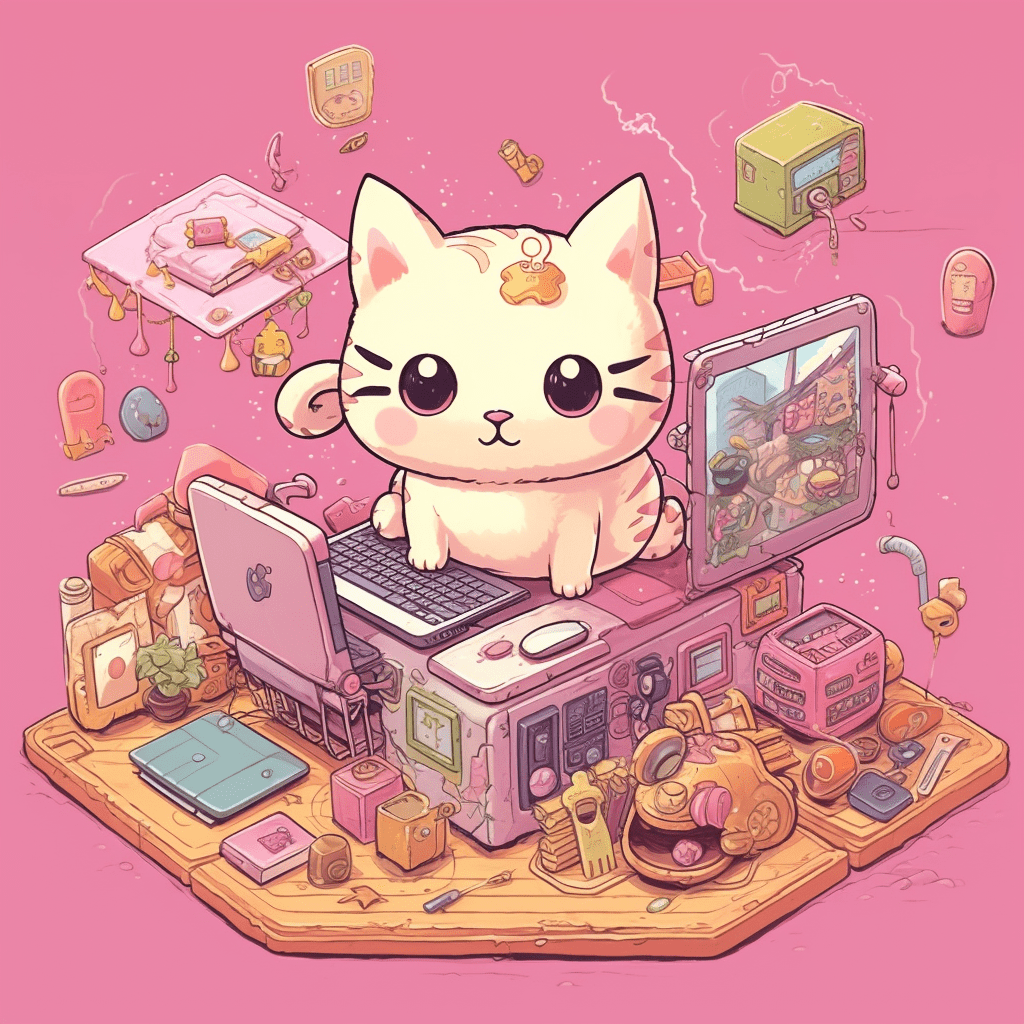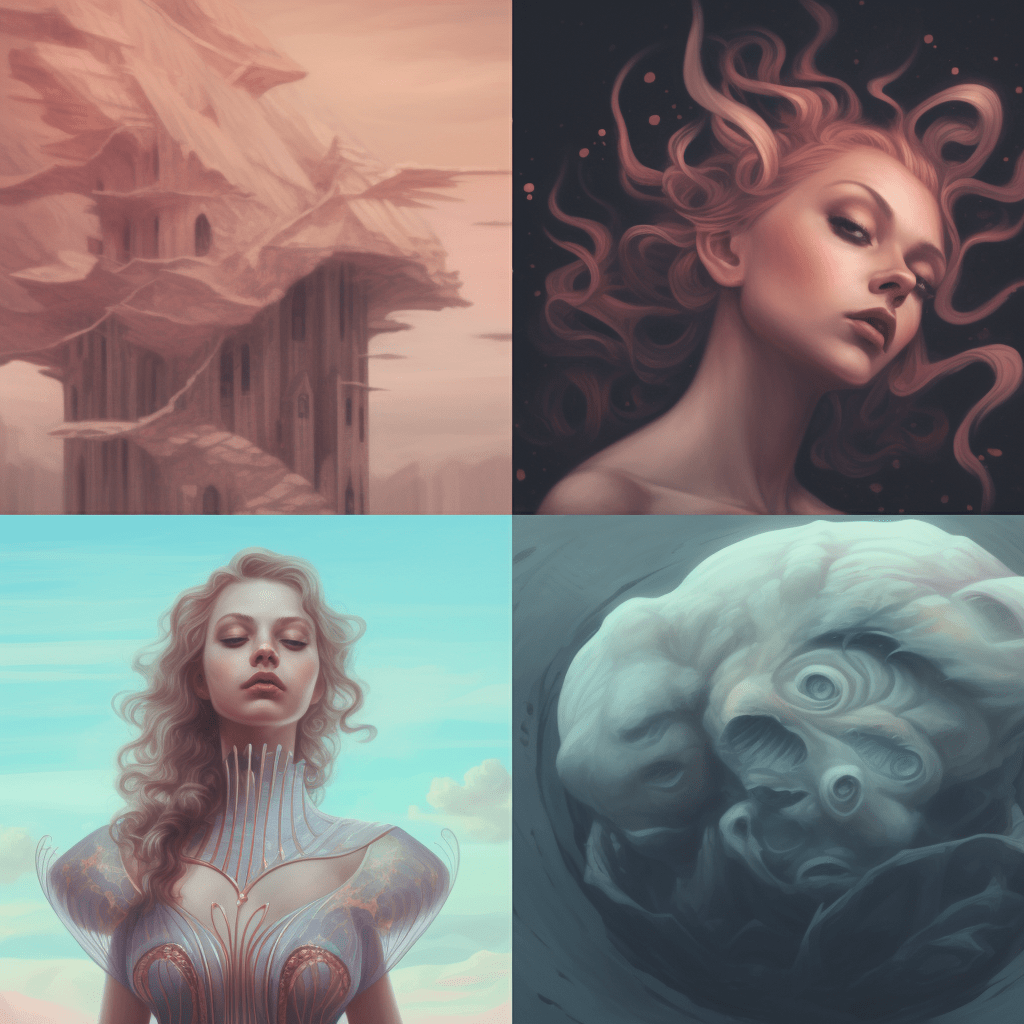
The emergence of non-fungible tokens (NFTs) has revolutionized the art, gaming, and collectibles industries, providing digital creators with new ways to monetize and authenticate their work. NFTs are primarily built on the Ethereum blockchain, with the ERC721 standard being the most widely used. However, as the NFT market continues to grow and mature, new standards like ERC721a are being developed to address the limitations and improve the overall experience for creators and collectors alike. In this article, we will delve into the evolution of the NFT standard, focusing on the innovations and benefits offered by ERC721a.
Understanding the ERC721 Standard
Before discussing the evolution of the NFT standard, it’s essential to understand the fundamental features of ERC721. ERC stands for Ethereum Request for Comments, and the 721 number refers to the specific proposal that defined the standard. ERC721 tokens are unique and indivisible, meaning that each token represents a distinct asset, and they cannot be divided into smaller units like fungible tokens (such as cryptocurrencies).
The ERC721 standard offers several key features, including:
- Unique token ID: Each NFT has a unique identifier, which ensures its authenticity and provenance.
- Ownership tracking: The standard allows for the tracking of token ownership and the transfer of ownership between users.
- Metadata: NFTs can store metadata, such as the creator’s information, asset description, and media file URL.
Despite its success, the ERC721 standard has some limitations, such as high gas fees for minting and transferring NFTs and a lack of support for batch operations.
Introducing ERC721a: The Next Generation NFT Standard

ERC721a is an evolution of the ERC721 standard, designed to address its shortcomings and introduce new features that enhance the NFT experience for both creators and collectors. The key differences and improvements offered by ERC721a include:
Reduced Gas Fees
One of the main drawbacks of the ERC721 standard is the high gas fees associated with minting and transferring NFTs on the Ethereum network. These fees can be prohibitive for creators, especially those minting multiple NFTs or engaging in frequent transactions.
ERC721a tackles this issue by implementing a more efficient storage structure that significantly reduces the gas fees for minting and transferring tokens. This improvement makes it more cost-effective for creators to launch and manage NFT projects and encourages broader adoption of NFT technology.
Batch Operations
Another limitation of the ERC721 standard is the lack of support for batch operations, which can be inefficient and time-consuming when managing large collections of NFTs. ERC721a introduces batch minting and transfer functionality, enabling creators and collectors to process multiple NFTs in a single transaction. This feature not only reduces gas fees but also streamlines the management of NFT collections, making it more convenient for users.
Improved Metadata
While the ERC721 standard supports basic metadata, ERC721a expands on this feature by offering more advanced metadata capabilities. This includes the ability to store multiple media files and additional data, such as licensing information or resale royalties. This enhancement enables richer, more engaging NFT experiences for collectors and provides creators with more control over their intellectual property.
Cross-Chain Compatibility
As the blockchain ecosystem continues to expand, interoperability between different networks is becoming increasingly important. ERC721a is designed with cross-chain compatibility in mind, allowing NFTs to be easily transferred between Ethereum and other compatible blockchains. This feature not only broadens the potential market for NFTs but also provides creators and collectors with greater flexibility and choice in managing their assets.
The Future of NFT Standards
The introduction of ERC721a represents a significant step forward in the development of NFT technology, addressing some of the limitations of the ERC721 standard and offering new possibilities for creators and collectors. As the NFT market continues to evolve, we can expect further innovations in the underlying standards, making it easier for a wider range of creators to harness the power of NFTs and deliver more immersive, engaging experiences for collectors.
NFT Standards and the Broader Ecosystem

While ERC721a offers several significant improvements over the ERC721 standard, it is essential to remember that the broader ecosystem plays a crucial role in the adoption and success of NFT technology. This includes the development of user-friendly platforms for minting, buying, and selling NFTs, as well as the integration of NFTs with other digital services and platforms. For example, social media sites that allow users to showcase their NFT collections or virtual reality environments where NFTs can be experienced in new and immersive ways.
Additionally, the increasing interest in environmentally sustainable blockchain solutions will likely impact the future of NFT standards. Innovations in proof-of-stake and other energy-efficient consensus mechanisms can contribute to the development of more sustainable NFT platforms and help to address the environmental concerns associated with the current proof-of-work systems.
In Summary
ERC721a is an exciting evolution of the NFT standard, offering several important improvements over the original ERC721. With reduced gas fees, batch operations, improved metadata, and cross-chain compatibility, this new standard addresses some of the main limitations of the current NFT landscape and paves the way for a more accessible and versatile NFT ecosystem. As the technology continues to evolve, we can expect further advancements in the standards that will empower creators and captivate collectors, shaping the future of the digital art world and creative industries.
